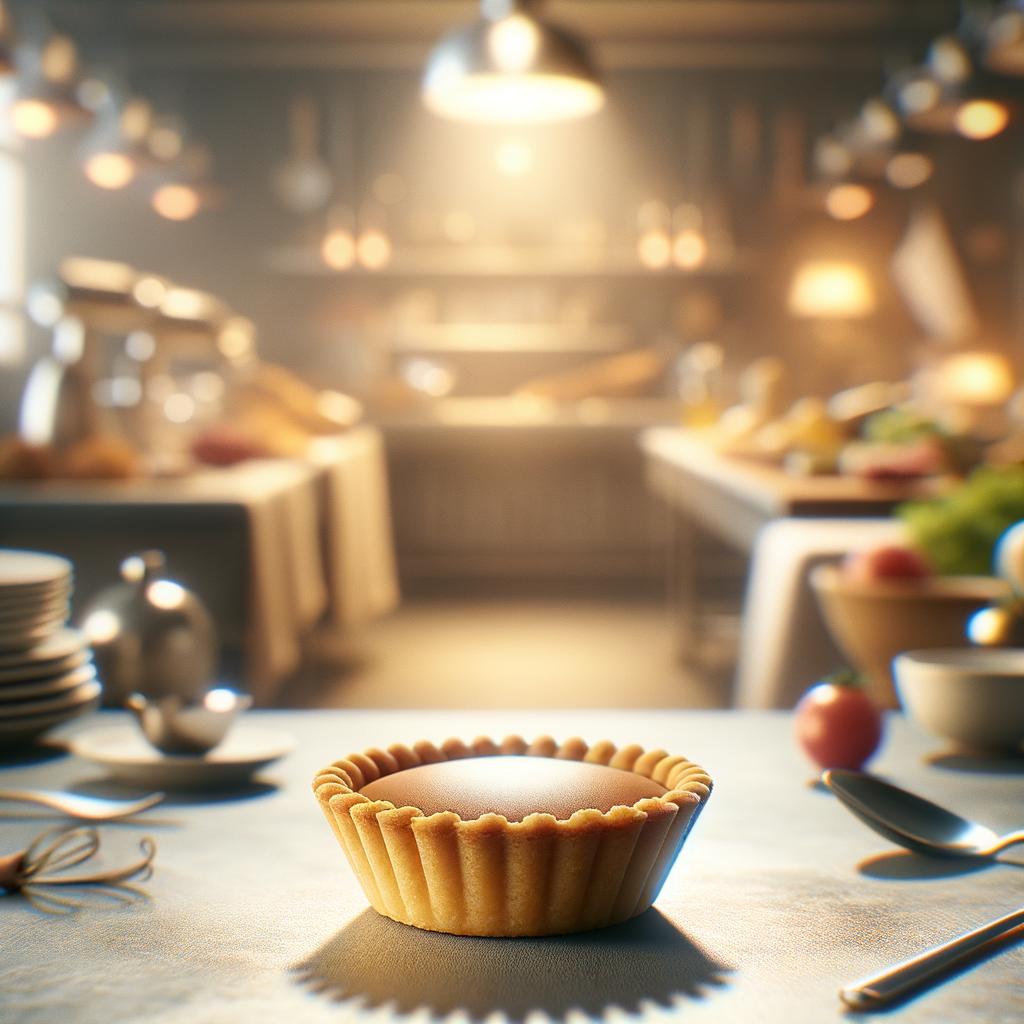Tart Shell

Description The tart shell is a delightful ingredient that serves as the canvas for many culinary masterpieces. It has a beautiful golden hue when baked to perfection, often crimped at the edges for a decorative touch. Its texture is a balance between crumbly and firm, providing a sturdy base for a variety of fillings, yet yielding to the bite. The flavor profile is typically buttery and subtly sweet, though variations exist depending on the recipe. What sets the tart shell apart from similar ingredients like pie crust is its ability to hold its shape without the support of a pie tin, thanks to the use of a tart pan with a removable bottom.
Primary Uses The primary use of the tart shell is as the base for tarts, both sweet and savory. It can be filled with a range of ingredients, from rich chocolate ganache to light lemon curd in sweet tarts, or from creamy quiche filling to a medley of roasted vegetables in savory tarts. The tart shell plays a key role in French cuisine, where it is used in classic dishes like Tarte Tatin and Quiche Lorraine. Beyond culinary uses, tart shells often play a part in festive celebrations, carrying symbolic meanings of unity and completeness.
History The history of the tart shell is intertwined with the evolution of baking. The idea of a pastry shell that can hold a filling dates back to ancient times. The Greeks and Romans had their versions of tarts and pies, often filled with meat. However, it was in medieval Europe, particularly in France, that the tart truly came into its own. Over time, the tart shell has evolved from a simple dough to a rich, buttery pastry. There are stories of lavish feasts in French chateaus where tarts with ornate shells were served as a testament to the host's wealth and sophistication. The use and popularity of tart shells have only grown over the centuries, making them a staple in bakeries and kitchens around the world.
Nutritional Information A typical tart shell, made with flour, butter, sugar, and eggs, is high in carbohydrates and fats, and provides a moderate amount of protein. It also contains some essential minerals like calcium and iron, derived from the flour. While it is not the most nutrient-dense food, the tart shell can be part of a balanced diet when paired with nutritious fillings. Compared to a pie crust, a tart shell is often richer due to the higher ratio of butter, giving it a more indulgent taste and texture. As with all foods, it is best enjoyed in moderation.

